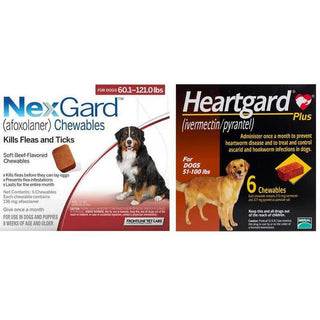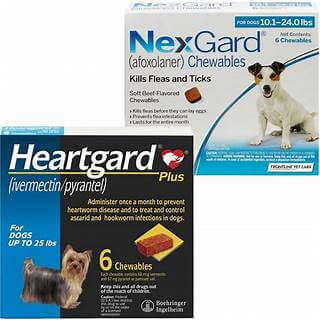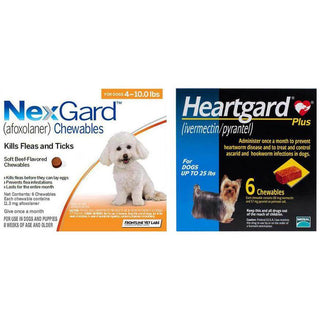
Similar to humans, dogs with diabetes need special care to maintain stable blood sugar levels. This involves regular insulin injections, but diet also plays a crucial role.
Managing a diabetic dog's diet involves more than just choosing the right food. The timing of meals is equally important. Here are some tips on how to feed a dog with diabetes to support their health and well-being.
What Is Diabetes In Dogs?
Like type 1 diabetes in humans, dogs with diabetes mellitus experience high blood sugar due to low insulin production. This condition increases thirst and weight loss, even with a heightened appetite.
This condition involves regulating blood sugar levels through insulin injections and dietary adjustments. It's important to understand that persistent high blood sugar and the resulting insulin deficiency can cause organ damage and, without treatment, can be fatal. This underscores the urgency of managing your dog's diabetes.
Dogs with diabetes mellitus need insulin injections, typically once or twice a day, based on the veterinarian's prescription. They also have specific dietary needs to help manage and control the condition.
What Is The Best Food For Diabetic Dogs?
The key components of diabetic dog food are fiber, starch, and protein levels.
Starch is a type of carbohydrate that is quickly digested and absorbed as glucose. High-starch diets cause rapid increases in blood glucose levels, and diabetic dogs need low-starch diets to prevent significant spikes in glucose after meals.
Protein is essential for maintaining and building muscle. Since diabetic dogs cannot efficiently use glucose for energy due to a lack of insulin, their bodies may break down fat and muscle for energy. A high-protein diet helps maintain muscle mass and body weight.
Fiber helps slow digestion and the absorption of glucose. It binds with starch, preventing its immediate absorption and allowing glucose to enter the bloodstream more gradually, resulting in smaller spikes in blood glucose levels.
Additionally, it's crucial to ensure that diabetic dog food contains the necessary vitamins and minerals.
The easiest way to meet all dietary requirements for diabetic dogs is to use prescription diets. These diets are formulated by veterinarians and tested in clinical trials to ensure they effectively control blood sugar levels.
Tips For Feeding A Dog With Diabetes
Here are some tips for feeding a diabetic dog
Adhere To A Feeding Schedule
Feeding your dog the right food alone isn't enough; diabetic dogs also need a consistent feeding schedule.
Eating triggers a spike in blood glucose. In healthy dogs, insulin is released to prevent glucose levels from getting too high. Since diabetic dogs cannot produce insulin, they need their insulin injection simultaneously with their meals. This means feeding and insulin injections should occur at the exact times each day.
Diabetic dogs should be fed two meals daily, spaced 12 hours apart. Avoid giving them food between meals, as this can cause another spike in blood glucose. Maintaining a consistent glucose level is crucial, so preventing additional spikes outside of the regular insulin injections is important.
Track Your Dog's Weight
Weight loss is often seen in diabetic dogs before they are diagnosed. After an initial diabetes diagnosis, weigh your dog every 2-3 weeks. When diabetes is well-managed, your dog should either gain or maintain weight.
If your dog continues to lose weight, their diabetes may not be well-controlled. After stabilizing their condition, weigh your dog every 2-3 months. Consistent weight loss suggests poor diabetes management. Proper weight management is crucial because increased weight might require higher insulin doses.
A diabetic dog should visit the veterinarian every 3-6 months for routine check-ups, where the vet will also weigh your dog.
Regulate Insulin Injections
To manage the spike in blood glucose, it's crucial to pair insulin injections with mealtimes. Administer the injection after your dog finishes eating. Most dogs tolerate insulin injections well, but if you encounter difficulties, contact your veterinarian for assistance.
If your diabetic dog doesn't eat its full meal, adjust the insulin dosage accordingly. If it consumes less than half of its meal, give it half of the insulin dose. Even if it doesn't eat at all, it should still receive a half dose to help control blood glucose levels. Administering the full dose without adequate food intake can lead to dangerously low blood glucose, causing hypoglycemia.
Signs of hypoglycemia include disorientation, loss of balance or coordination, collapse, or loss of consciousness. If you notice any of these symptoms, give your dog canned food if it can eat it. If it won't or can't eat, provide honey or Karo syrup to raise its blood sugar levels.
Contact your veterinarian if your dog experiences hypoglycemia or has inconsistent eating habits.






